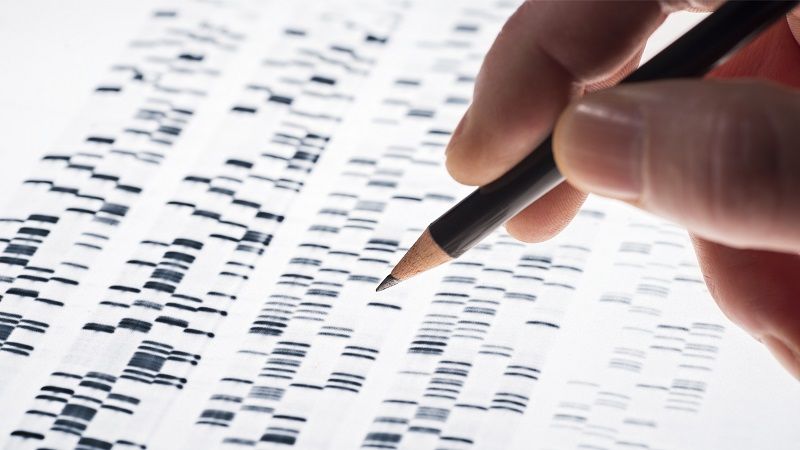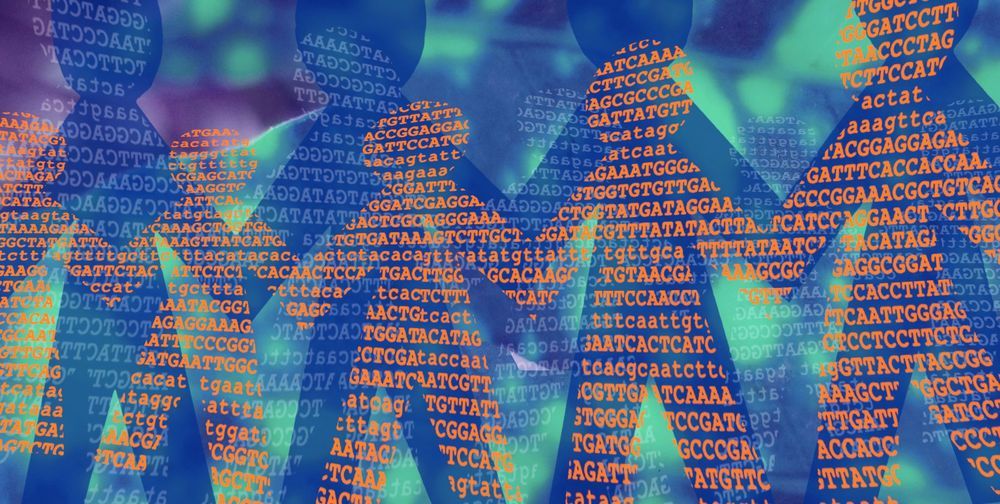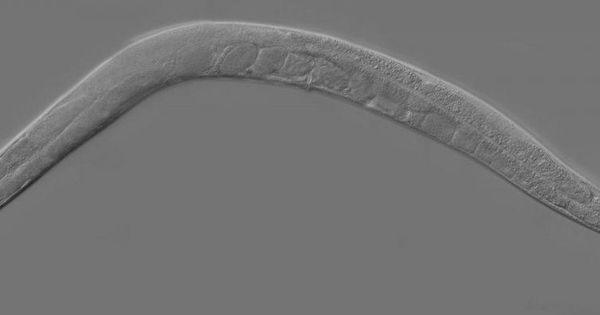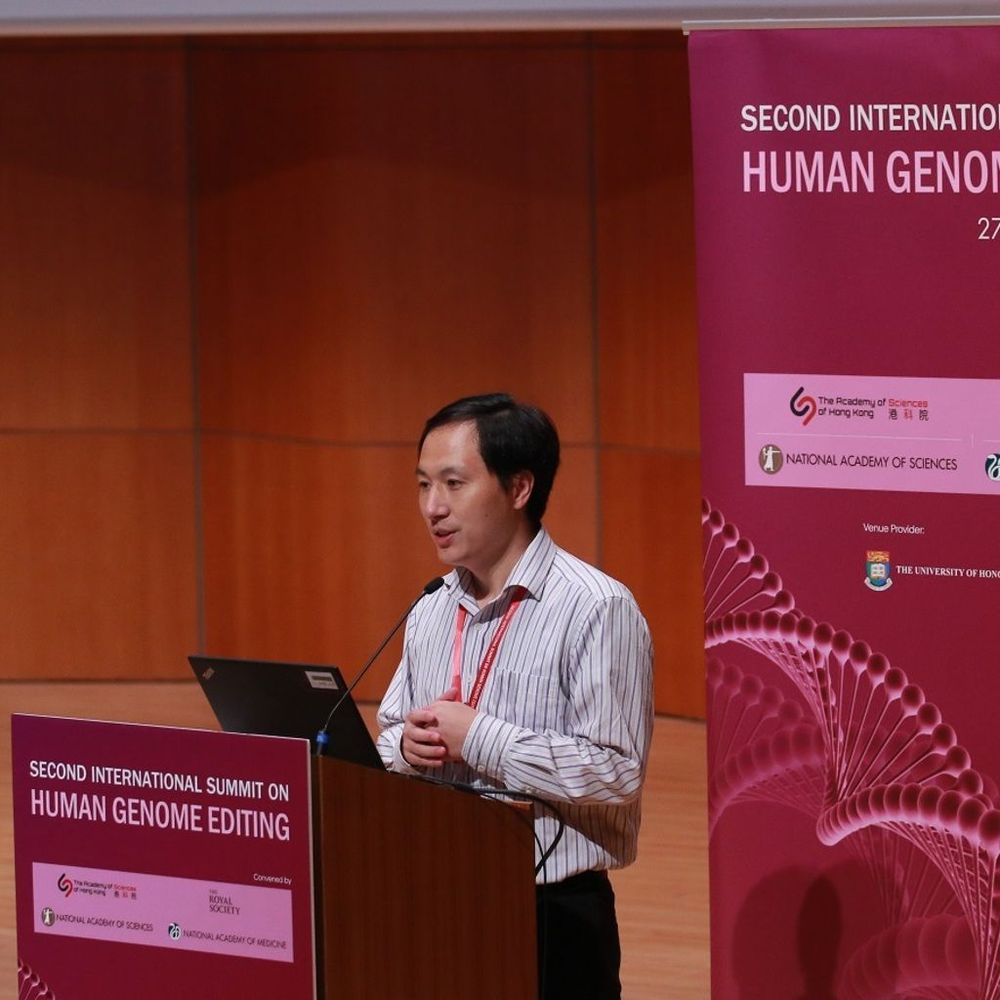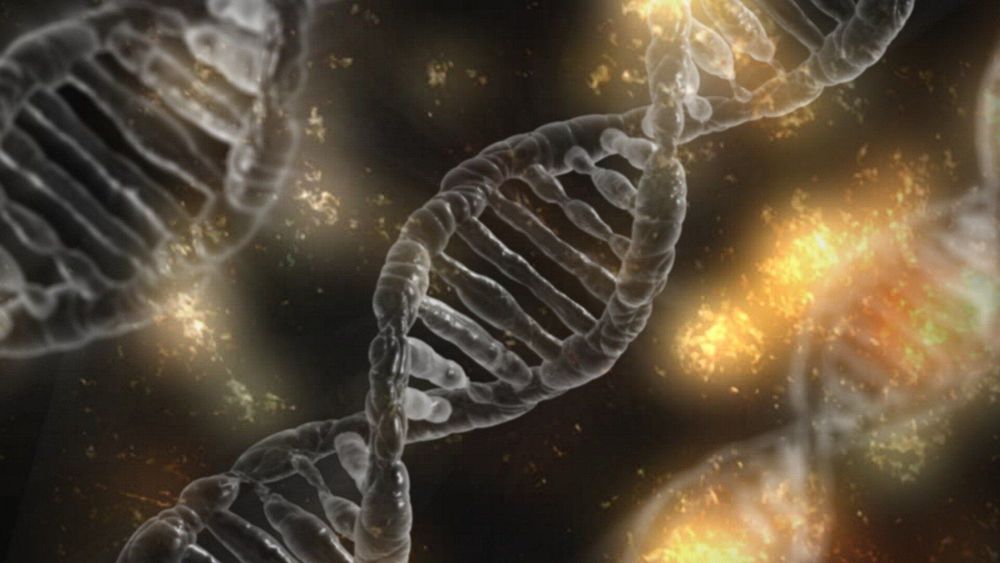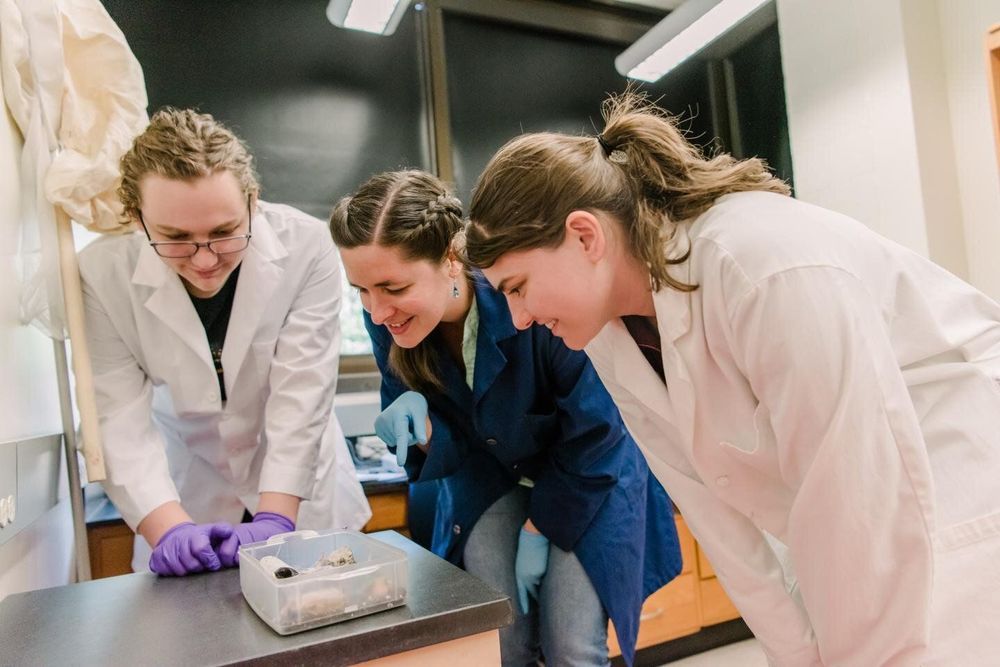Isaac Asimov referred to a 70-old man as an old individual who is unlikely to live much longer. Yet, given the present pace of discovery in the ageing field, the pace of ageing could be slowed within our lifetime, with science surpassing science fiction.
Thus, genetic studies have now firmly established that aging is regulated by specific genes conserved from yeast to mice [23,30–34].
Independently of discoveries of AP genes in model organisms, research in cellular senescence yielded complementary results. Cellular senescence is now widely recognized as an essential tumor suppressor mechanisms, and is not a decline due to cellular degeneration. In contrast, the senescence response is an active process caused by activation of both DNA-damage responses (DDR) and mitogen-activated pathways. Senescent fibroblasts acquire phenotypes that include hyper-secretion of inflammatory cytokines and other tissue-altering molecules and hypertrophic morphologies [35–42]. Senescent cells can alter the behavior of neighboring cells [35], and may drive aging and age-related diseases [43]. Cellular senescence can be prevented by knocking out cell cycle inhibitors such as p53, pRb, p21 and p16 [44–48].
